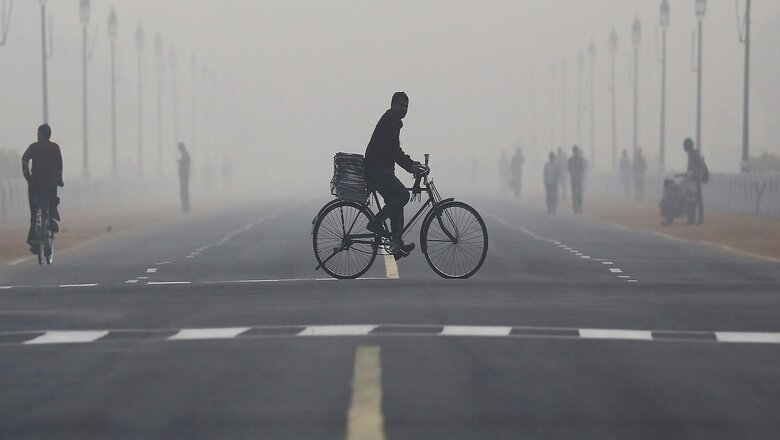
views
The air quality crisis of Delhi has become an annual affair for the past several years. Around the onset of the winter season, the government implements its Graded Response Action Plan (GRAP) for immediate relief from the dropping air quality. However, official data suggested that Delhi’s Air Quality Index (AQI) deteriorates even when the GRAP is in place.
Last year, within a month of implementing GRAP, the AQI increased by nearly 50 percent, the data analysed by CNN-News18 shows. In 2019, this jump was about 77 percent and in 2018 the increase was about 70 percent during the same period, data collected from the System of Air Quality and Weather Forecasting And Research (SAFAR) and Central Pollution Control Board (CPCB) shows.
The higher the AQI value, the greater the level of air pollution and the bigger the health concern. An AQI between zero and 50 is considered ‘Good’, 51 and 100 ‘Satisfactory’, 101 and 200 ‘Moderate’, 201 and 300 ‘Poor’, 301 and 400 ‘Very Poor’, and 401 and 500 ‘Severe’.
In 2020, the GRAP was implemented on October 15, when the city’s AQI was 312. A week later, it dropped to 268 but jumped again to 312 the next week. A month later, on November 15, which also happened to be the next day of Diwali, the city’s AQI was 467.
Also Read: India Mandates Use of Biomass Pellets in Some Coal-fired Plants to Curb Stubble Burning
In 2019, when the GRAP was implemented on October 15, the city’s AQI was 262, which dropped after a week to 249. By November 2, it had reached 407 and by November 15 it was at 463. That year, Diwali was on October 27, as pollution increase is attributed to the burning of firecrackers.
In 2018, the AQI jumped from 201 on October 15 to 342 on November 15. Diwali was celebrated on November 7 in 2018.
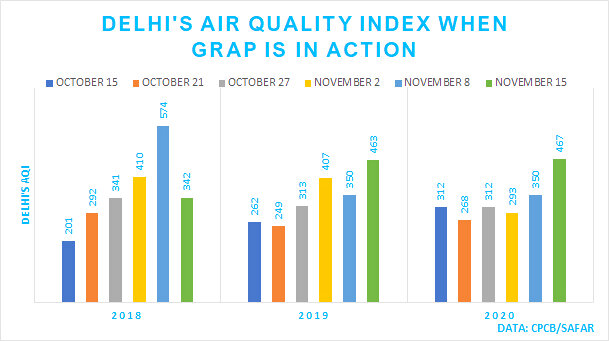
The AQI is usually higher around Diwali. The CPCB has carried ambient air quality monitoring on selected pre-Diwali days and on Diwali days for the past few years. In 2020, the body compared the air quality on November 9 with November 14, Diwali day. Delhi reported 83 percent increase in PM2.5 and 67 percent increase in PM10 between the two dates, official data shows.
WHAT IS GRAP?
The Central Government notified GRAP in 2017 for Delhi and NCR. This comprises measures including a prohibition on entry of trucks into Delhi; ban on construction activities, the introduction of odd and even schemes for private vehicles, shutting of schools, closure of brick kilns, hot mix plants, and stone crushers; ban on diesel generator sets; garbage burning in landfills, and plying of visibly polluting vehicles.
The plan is divided into various categories based on the AQI level- severe plus or emergency, severe, very poor, moderate to poor, and moderate. The nature, scope, and rigor of measures to be taken is linked to levels of pollution.
SLIGHT IMPROVEMENT IN AIR QUALITY OVER THE YEARS
While the air quality is still not up to the mark, over the years, the city’s air has shown improvement. The ‘Good’, ‘Satisfactory’ and ‘Moderate’ days increased to 182 in 2019 in comparison to 108 in 2016 while the number of ‘Poor’, ‘Very Poor’ and ‘Severe’ reduced from 246 in 2016 to 183 in 2019, latest data from the Union Ministry of Environment, Forest and Climate Change shows.
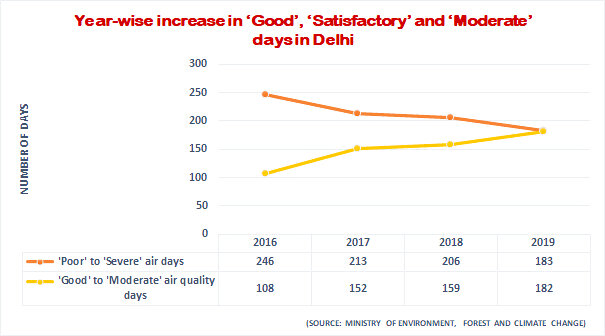
Though the AQI jumped in 2020 even when GRAP was enforced, the year was better when compared to 2019 or 2018. According to the Economic Survey of Delhi 2020-21, the average levels of various pollutants, including PM10, and PM2.5, was lowest in 2020 since 2014, even though the parameters exceeded the prescribed standards.
In India, PM2.5 levels below 40 micrograms per cubic meter and PM10 levels below 60 micrograms per cubic meter are considered safe. However, in Delhi, the annual average of PM2.5 was 101 μg/m3 last year, dropping from 149 μg/m3 in 2014. Similarly, the annual city average of PM10 decreased from 324 μg/m3 in 2014 to 187 μg/m3 in 2020.
Also Read: What is ‘Parali’?: A Look at Delhi Air Pollution’s Biggest Contributor
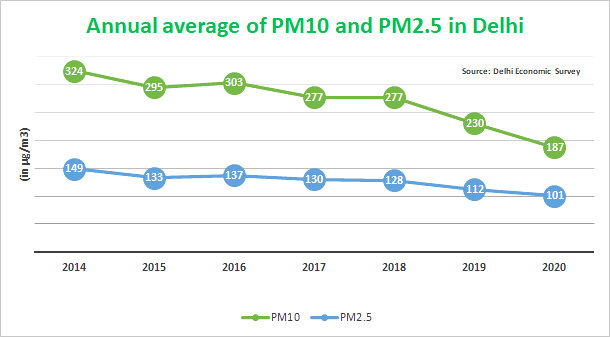
SO WHAT IS POLLUTING DELHI’S AIR?
Delhi is a landlocked city. From industries to vehicles, urbanisation has its effects on the city’s air quality. The national capital’s environment is also highly influenced by different meteorological phenomena- in summer, the air quality is influenced by dust storms from Rajasthan and in winter it is impacted by calm conditions and inversion as well as biomass burning in the NCR.
In 2018, a study was conducted by the Automotive Research Association of India (ARAI), Pune, and the Energy and Resources Institute (TERI), New Delhi. The Union Government-funded study revealed that industries contribute between 22 and 30 percent in PM2.5 and PM10 in the national capital. Transport contributes up to 28 percent in PM2.5 and PM10 while the dust has about 40 percent role.
Also Read: Not Just ‘Bijli, Paani, Roti’ But Also ‘Saans’: High Time Air Pollution Makes Way Into Poll Discourse
SAFAR, the Indian Institute of Tropical Meteorology and the Ministry of Earth Sciences provide an estimated contribution of external biomass burning to PM2.5 levels in Delhi during the winter season. The average estimated contribution of stubble burning to PM2.5 levels in Delhi was 13 percent, with a maximum contribution of 42 percent in 2020.
The average contribution of external biomass burning to PM2.5 in Delhi in 2018 and 2019 was 12 percent and 10 percent, respectively while the maximum contribution was 58 percent and 44 percent.
Read all the Latest News , Breaking News and IPL 2022 Live Updates here.










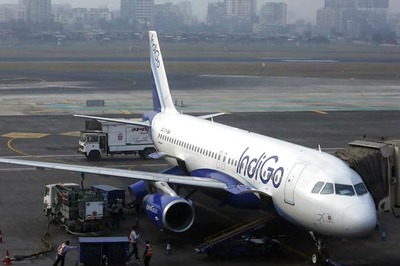

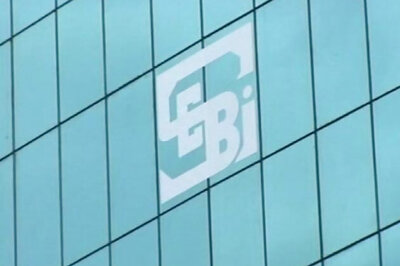
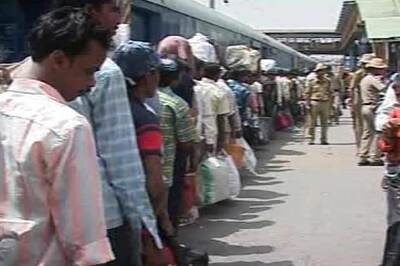





Comments
0 comment